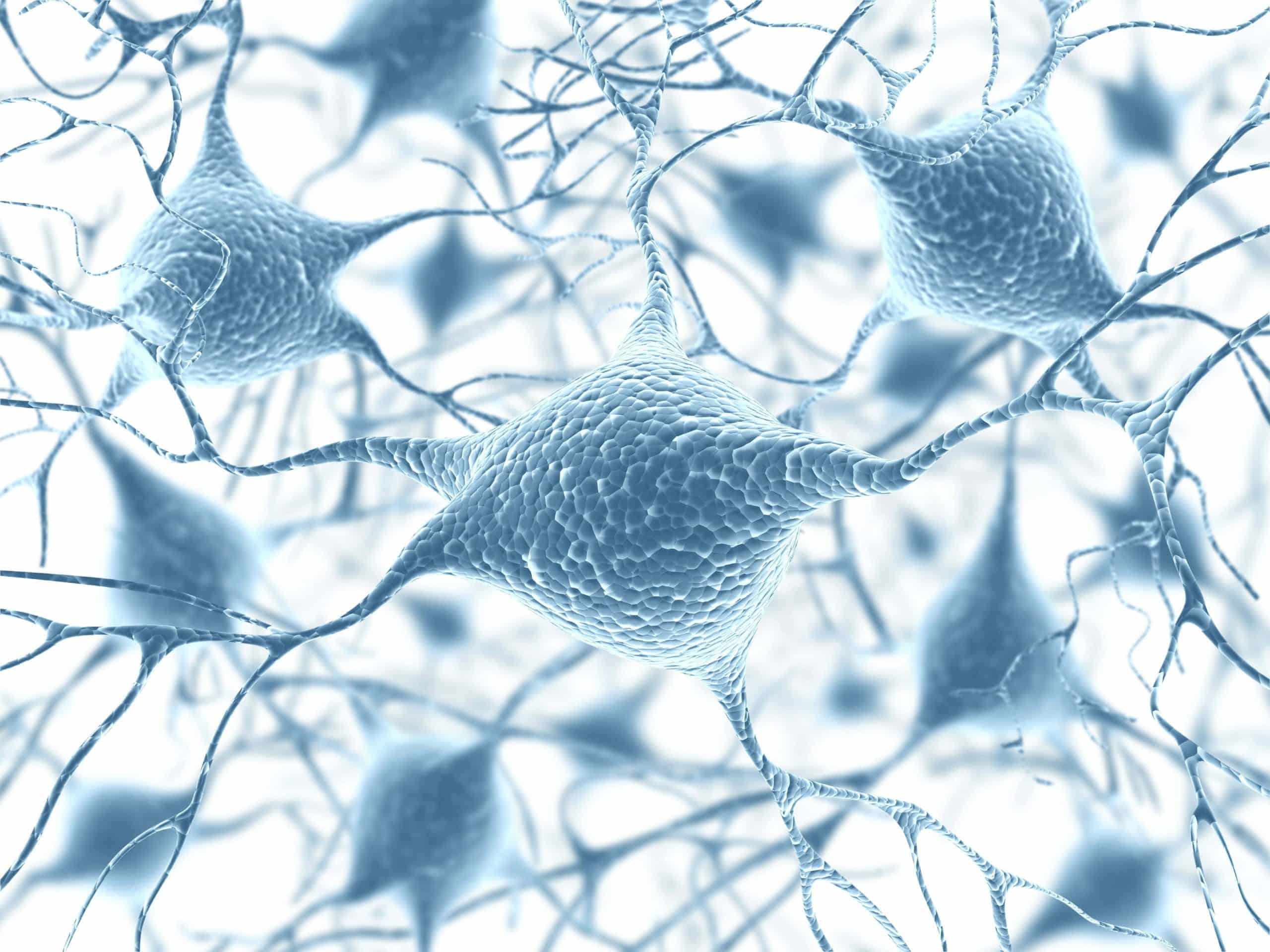A new study in the journal Nature Communications shows that cells normally associated with protecting the brain from infection and injury also play an important role in rewiring the connections between nerve cells. While this discovery sheds new light on the mechanics of neuroplasticity, it could also help explain diseases like autism spectrum disorders, schizophrenia, and dementia, which may arise when this process breaks down and connections between brain cells are not formed or removed correctly.
While the constant reorganization of neural networks – called neuroplasticity – has been well understood for some time, the basic mechanisms by which connections between brain cells are made and broken have eluded scientists.
Performing experiments in mice, the researchers employed a well-established model of measuring neuroplasticity by observing how cells reorganize their connections when visual information received by the brain is reduced from two eyes to one.
The researchers found that in the mice’s brains microglia responded rapidly to changes in neuronal activity as the brain adapted to processing information from only one eye. They observed that the microglia targeted the synaptic cleft – the business end of the connection that transmits signals between neurons. The microglia “pulled up” the appropriate connections, physically disconnecting one neuron from another, while leaving other important connections intact.
The researchers also pinpointed one of the key molecular mechanisms in this process and observed that when a single receptor – called P2Y12 – was turned off the microglia ceased removing the connections between neurons.
These findings may provide new insight into disorders that are the characterized by sensory or cognitive dysfunction, such as autism spectrum disorders, schizophrenia, and dementia. It is possible that when the microglia’s synapse pruning function is interrupted or when the cells mistakenly remove the wrong connections – perhaps due to genetic factors or because the cells are too occupied elsewhere fighting an infection or injury – the result is impaired signaling between brain cells.
Source: University of Rochester Medical Center (URMC)

